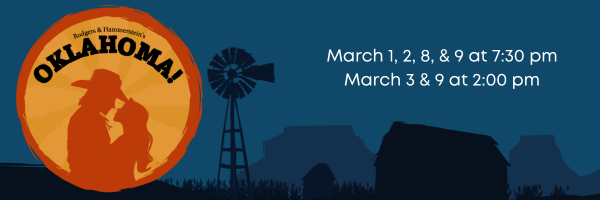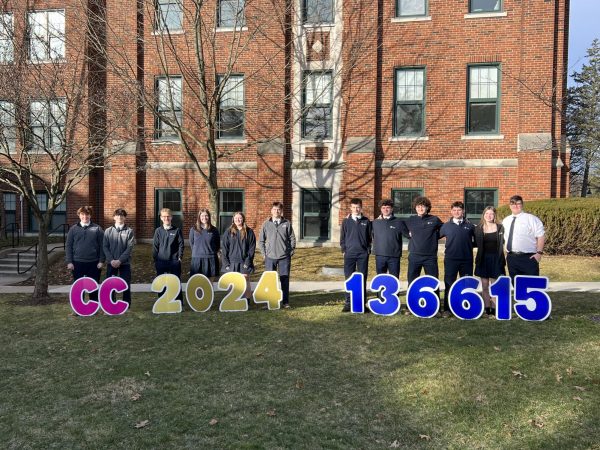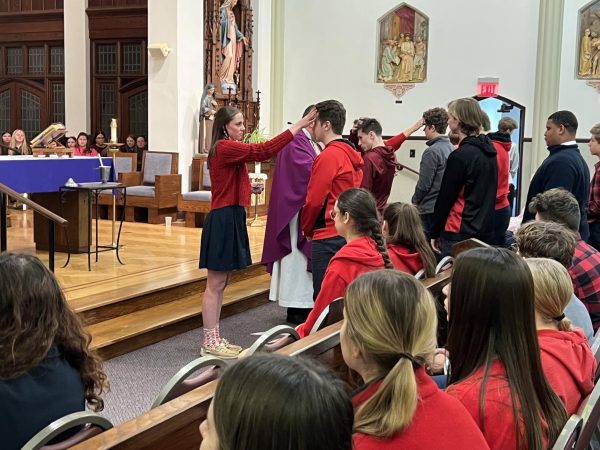Cloud Types and How To Spot Them
October 6, 2022
There are many types of clouds out there but the World Meteorological Organization has ten main cloud types divided into three groups.
The three main groups are high clouds, middle clouds, and low clouds. Today, I will be talking about how to recognize the different types of clouds and what they mean for the weather.
The first group are the high clouds. The first type are cirrus clouds. Cirrus are very thin clouds and are some of the easiest clouds to spot and identify. If you spot them then most likely a warm front is going to pass through. The cool thing about cirrus clouds is that they do create precipitation but because they are so high in the atmosphere it never reaches the ground. The next type are cirrocumulus clouds which are very small clouds grouped together and are commonly near or with cirrus clouds. If you see these clouds it is associated with nice weather but also indicates precipitation is on the way. The final cloud type are the cirrostratus clouds which are clouds that are either very thin or very large and stretch thousands of miles. They can even produce a halo around the sun or moon. These clouds are also associated with precipitation and warm fronts. The larger the cirrostratus the heavier the rain.
The second group of clouds are the middle clouds. The first clouds are altocumulus. These clouds can appear in a variety of shapes and sizes but are most commonly seen as small cloudlets grouped together as one big layer. If you see these clouds it indicates that fair weather is here for now but precipitation is nearby. The second type are the altostratus clouds which are very thin layers of clouds which can allow the sun to still shine through. These clouds indicate that a warm front is coming through but these clouds can also turn into nimbostratus clouds which bring rain or snow. The final cloud type in this group are the nimbostratus clouds which are dark gray clouds which are associated with constant rain and sometimes even hurricanes.
The final cloud group are the low level clouds. The first type are stratocumulus clouds which are big groups of lumpy clouds which range from white to dark gray. People commonly associate them with rain but they are most common in dry weather and stratocumulus actually don’t usually create precipitation. The next cloud type are the stratus clouds. These are the clouds you will see when foggy weather is near and are the clouds closest to the Earth’s surface. The next cloud type are cumulus clouds. These clouds are often shaped like popcorn or cauliflower and usually appear on bright sunny days but when grouped together they can produce light showers. The final cloud type are the cumulonimbus clouds which are tall and very flat at the top. These clouds are associated with rain, thunderstorms and hail so if you see them head indoors.
Clouds are very diverse in shapes and sizes and can vary from small individual clouds to clouds spanning thousands of miles. Although most are associated with precipitation a lot are just there for the ride and are there in fair weather.










